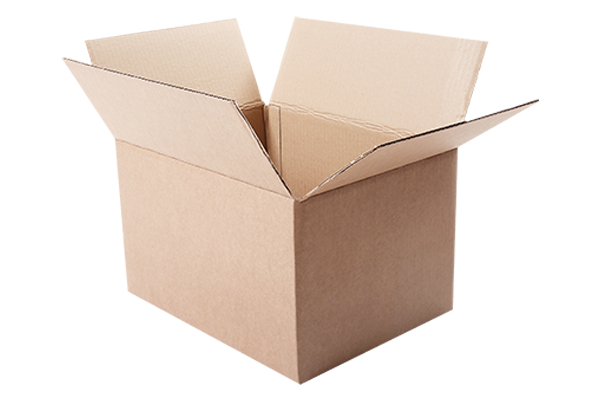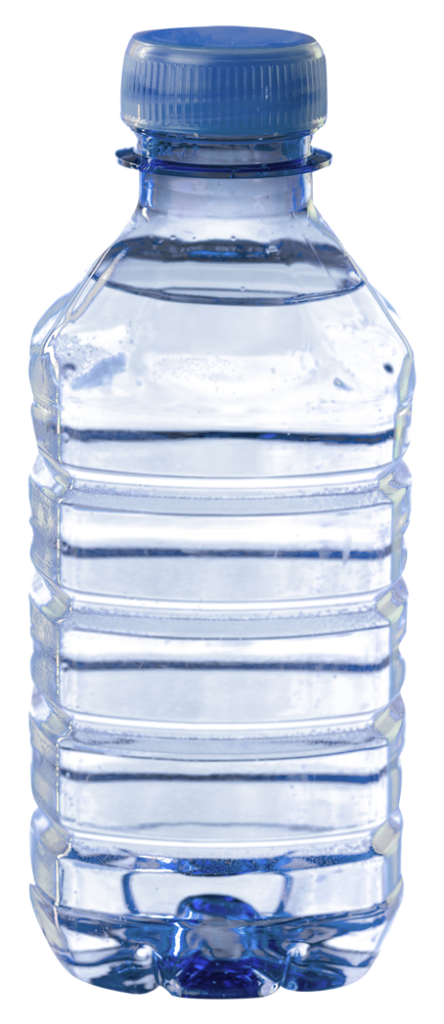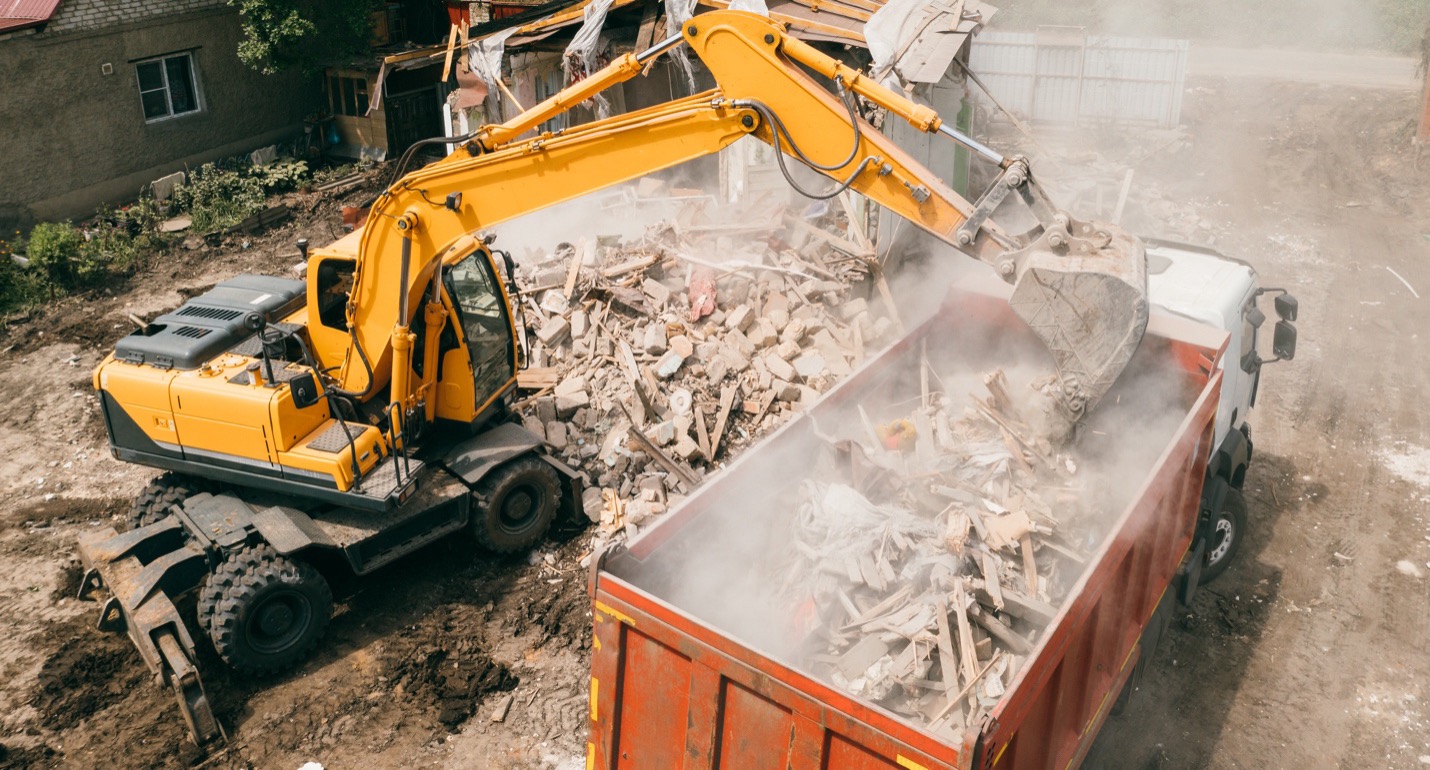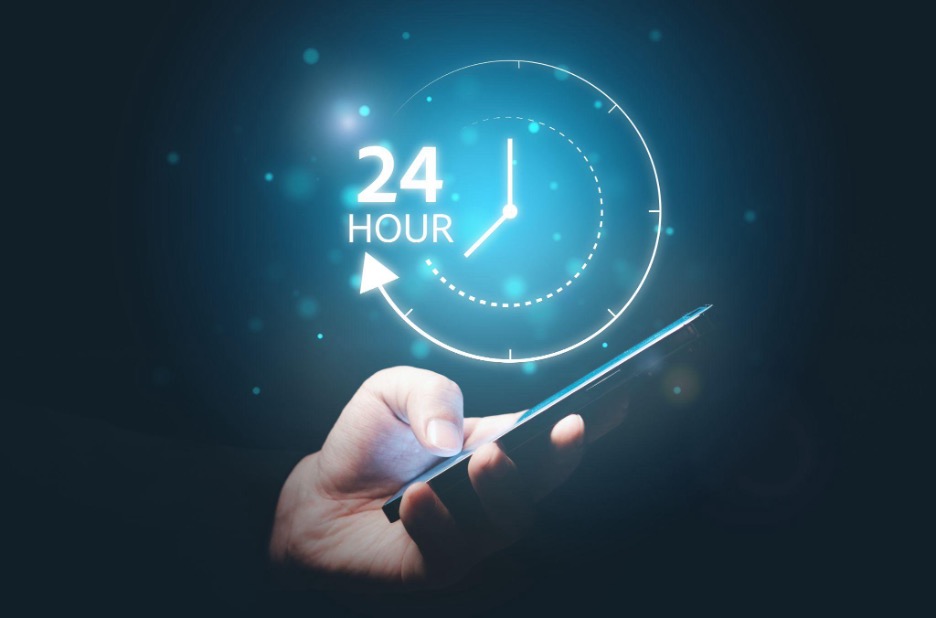Deep Dive into how carboard is recycled and reused
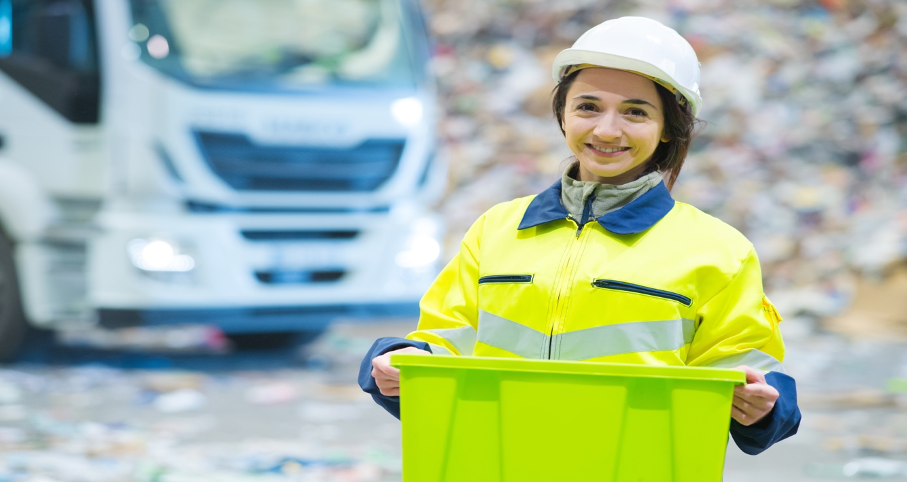
Ever wonder what happens to those broken down cardboard boxes you and the team toss in the recycling bin?
Let’s take a journey beyond the recycling bins at your job site. Let’s go where very few have ever gone. We’re taking dumpster diving to a whole new level as we take a step by step look at how cardboard is recycled, along with the many other types of recyclables, when they leave your fingertips. But we won’t stop there. We’ll show you how your recycled products come back to you – full circle.
Here, we answer the question, “how is cardboard recycled and reused” and the benefits we experience by increasing our personal and commercial recycling efforts.
Step 1: Collection of Recycled Cardboard
Once you toss your cardboard and other recyclables in the recycling bins – at work or at home, the process of saving the planet, the whales, the trees, and the millions of animal species that they provide habitat for, begins.
Seriously, companies have a huge responsibility and can make a big impact towards sustainable commerce. So you should pat yourself on the back every time you toss an item in the recycling bin because it does speak to your higher level of commercial consciousness, responsibility, and stewardship of the present and future state of our planet.
Collection of recycled cardboard comes from various sources, including households, businesses, retailers, and industrial facilities. These recycled bins that contain recycled cardboard, paper, and plastics are then collected by one of three ways:
- Curbside pickup
- Drop-off locations
- Dedicated recycling bins
Step 2: Sorting Recycled Cardboard
Once collected, your cardboard takes a truck ride to a recycling facility where it is sorted by category – glass, aluminum, metal, plastics, paper, cardboard, electronics, and many other items. It’s good news to know that many of the items we use can actually be recycled.
When it comes to recycled cardboard, contaminants like plastic, tape, and other non-cardboard materials are removed during the sorting step of the process. This extra step in the cardboard recycling process ensures that only clean and suitable cardboard is processed for recycling.
Step 3: Breaking Down Recycled Cardboard
For the person asking, “How is cardboard recycled,” step 3 is where the recyclables take a new form. I’m sure you’ve been warned at some point, “don’t bite off more than you can chew” when pursuing your goals and dreams. This is also true in the recycling process.
You see, the sorted cardboard is then broken down into smaller, more bite-sized pieces. This is done both manually and with machinery. Breaking down the cardboard is important for the next steps in the recycling process to be effective.
Discover how Evergreen and Sunbright can help your company recycle waste responsibly and make money doing it!
Step 4: Pulping the Recycled Cardboard
The broken down cardboard is mixed with water and chemicals to create a pulp. This pulping process helps to separate the cardboard fibers from each other. The result is a slurry-like mixture of water and fibers. It’s safe to say that your cardboard has been ‘digested’ by the machines at this point.
Step 5: Cleaning the Cardboard Slurry
At this point in the cardboard recycling process, the cardboard, or paper recyclable, has been liquified into a slurry pulp, and it needs to be cleaned of any impurities, inks, and other contaminants that may be in the mixture.
This step is important because it ensures that the recycled cardboard meets quality standards for further processing and future usage.
De-Inking (if necessary):
If the recycled cardboard is intended for products that require a clean appearance, such as white or light-colored paper, a de-inking process may be employed. This process removes inks and dyes, producing a more neutral-colored pulp.
Step 6: Refining the Recycled Cardboard
The pulp may go through a refining process to improve its quality and consistency. Refining involves further mechanical treatment to achieve the desired characteristics of the recycled material. Basically, the fiber quality of the pulp must be consistent and ideal for the next stage of the process to be effective.
Cardboard recycling at this step may involve high-density cleaning, screening, centrifugal cleaning, temperature and consistency control, testing, and quality control. All of these efforts are made to ensure the tough fibers of the cardboard become ideal for the next step.
Step 7: Drying the Recycled Cardboard
We’re answering the question of how cardboard is recycled, step by step. This brings us to step seven. At this point, the cleaned and refined pulp is then dried to reduce its moisture content. This prepares the material for the next stage of the recycling process.
Step 8: Rolling/Forming the Recycled Cardboard
Once the pulp is dry, it is then formed into sheets. You’re probably getting a visual of the previously pulped cardboard rising from the ashes, so to speak, looking much like it did in its previous life. These sheets can be used to manufacture new cardboard products. The thickness and characteristics of the sheets depend on the intended end-use.
Step 9: Manufacturing New Products
We’re almost done answering the question, “how is cardboard recycled.” At this stage of the process, the recycled cardboard sheets are then used to produce new cardboard products. This can include corrugated cardboard boxes, paperboard for packaging, and other items made from recycled cardboard.
Step 10: Full Circle - Distribution and Use
The newly manufactured cardboard products are distributed to businesses and consumers, completing the planet-saving recycling loop. These recycled products can be used in various industries and applications.
That cardboard that you tossed in the recycling bin, at the beginning of this deep dive, has now come full circle. Maybe in the form of a beautiful gift box containing a special Christmas surprise. Maybe in the form of an Amazon package waiting at your front door.
How Much Cardboard is Recycled Each Year
According to an EPA report, “Approximately 46 million tons of paper and paperboard were recycled in 2018 for a recycling rate of 68.2 percent, which was the highest compared to other materials in MSW.” You can learn more good statistics and facts by reading their full report for yourself.
Taking this deep dive into the process of cardboard recycling should provide inspiration and wonder as you imagine the products you recycle possibly coming right back to you in the future – forming a sacred loop that delivers all the conveniences we depend on while preserving the natural beauty and resources of the world we simply cannot survive without.
Contact us for a consultation and site audit today.
To learn more about Evergreen Recycling and their recycling and waste management programs visit their web site at: Evergreen Web Site
You can also reach out to them directly through this contact link: Contact Evergreen or give them a call at (817) 293-4400

